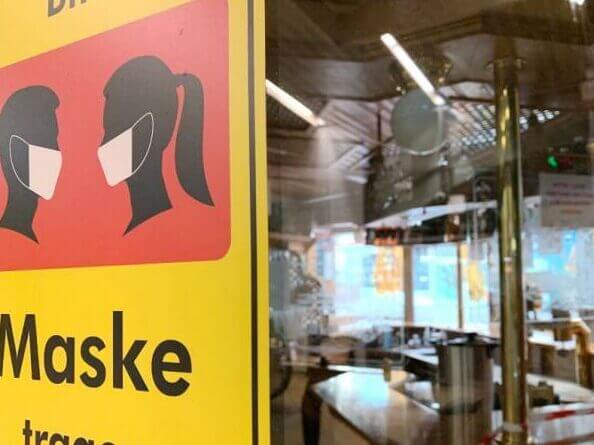February 13 The reporter learned from the National Art Collection in Dresden, Germany, on the 13th that the museum had recently found an extremely rare porcelain bowl in its porcelain collection of the Northern Song Ruyao. Julia Weber, head of the porcelain collection department at the National Art Collection in Dresden, said it was a “buzzing” discovery.
Dresden National Art Collection is located in Dresden, the capital of Saxony in eastern Germany. It is a world-renowned museum and scientific research institution.
Its main collection originated from the palace collection of the 16th-century Elector of Saxony. The Green Dome Treasure House under its jurisdiction has the largest treasure collection in Europe.
According to the Dresden National Art Collection, the origin of the discovery of the Ruyao porcelain bowl in the Northern Song Dynasty was a historical research project launched in 2014 to take stock of the Central and East Asian porcelain in the porcelain collection of the Dresden National Art Collection.
Experts from more than 20 countries and regions, including China, Japan, the United States, the United Kingdom, etc., participated in the study.
The museum said that after research, it was found that the porcelain bowl did not come from the Korean Peninsula as previously thought, but a Ru kiln porcelain in the Northern Song Dynasty of China.
Photos released by the museum show that this is a 13cm diameter, green and blue light bowl, with the color has the prominent characteristics of Ruyao.
The museum believes that this may be a “pen washing”. German doctor Oscar Luckel-Embden bought the bowl in China between 1913 and 1914.
It was purchased by Zimmerman, then head of the porcelain collection department of the National Art Collection in Dresden in 1927, and was included in Dresden’s “Chinese and Korean porcelain” collection.
It is reported that a similar Ruyao porcelain bowl sold for $37 million at Sotheby’s in 2017.
According to the museum, experts from the Beijing Palace Museum pointed out to it in 2018 that this porcelain may belong to Ruyao.
In the end, Regina Klar (Kang Ruijun), an internationally renowned Chinese porcelain expert, identified it as Ruyao porcelain.



